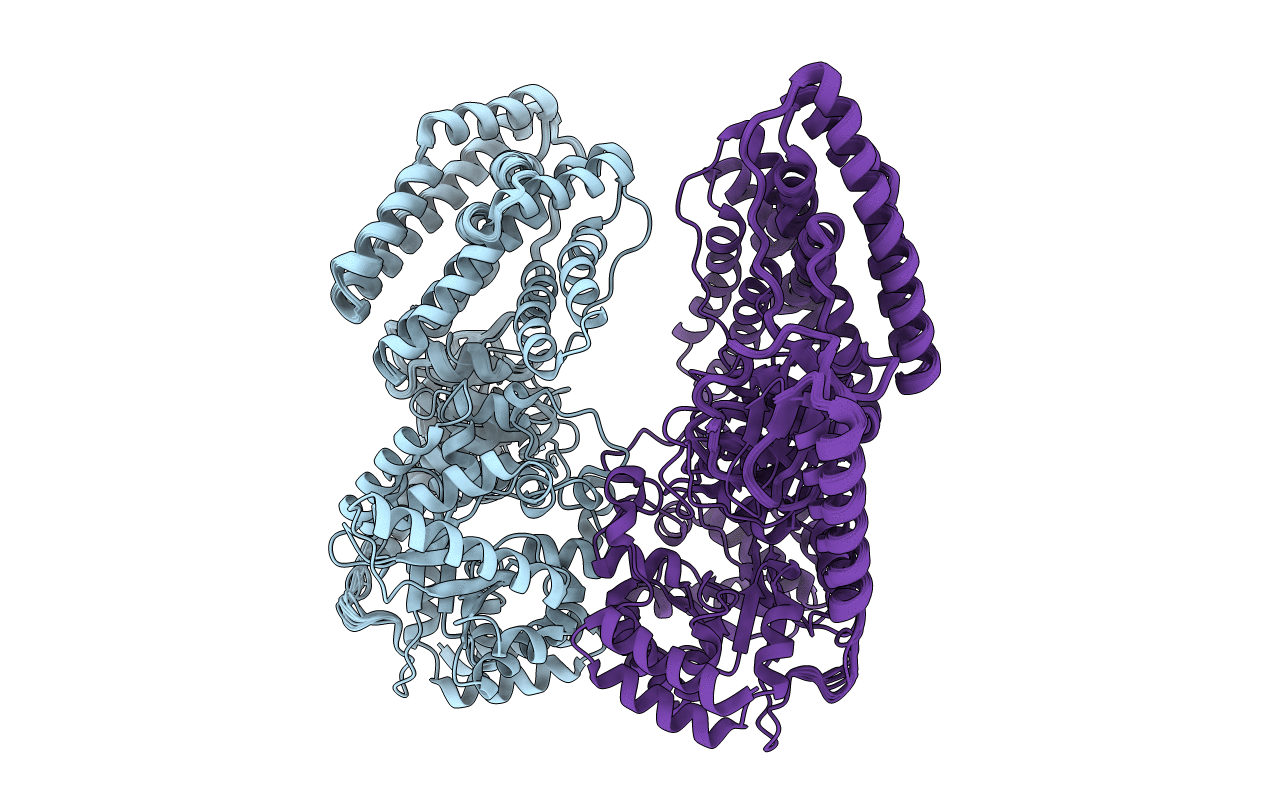
Deposition Date
2015-07-28
Release Date
2015-09-02
Last Version Date
2024-05-01
Entry Detail
PDB ID:
2N5T
Keywords:
Title:
Ensemble solution structure of the phosphoenolpyruvate-Enzyme I complex from the bacterial phosphotransferase system
Biological Source:
Source Organism:
Escherichia coli (Taxon ID: 83333)
Host Organism:
Method Details:
Experimental Method:
Conformers Calculated:
200
Conformers Submitted:
11
Selection Criteria:
structures with the lowest energy


